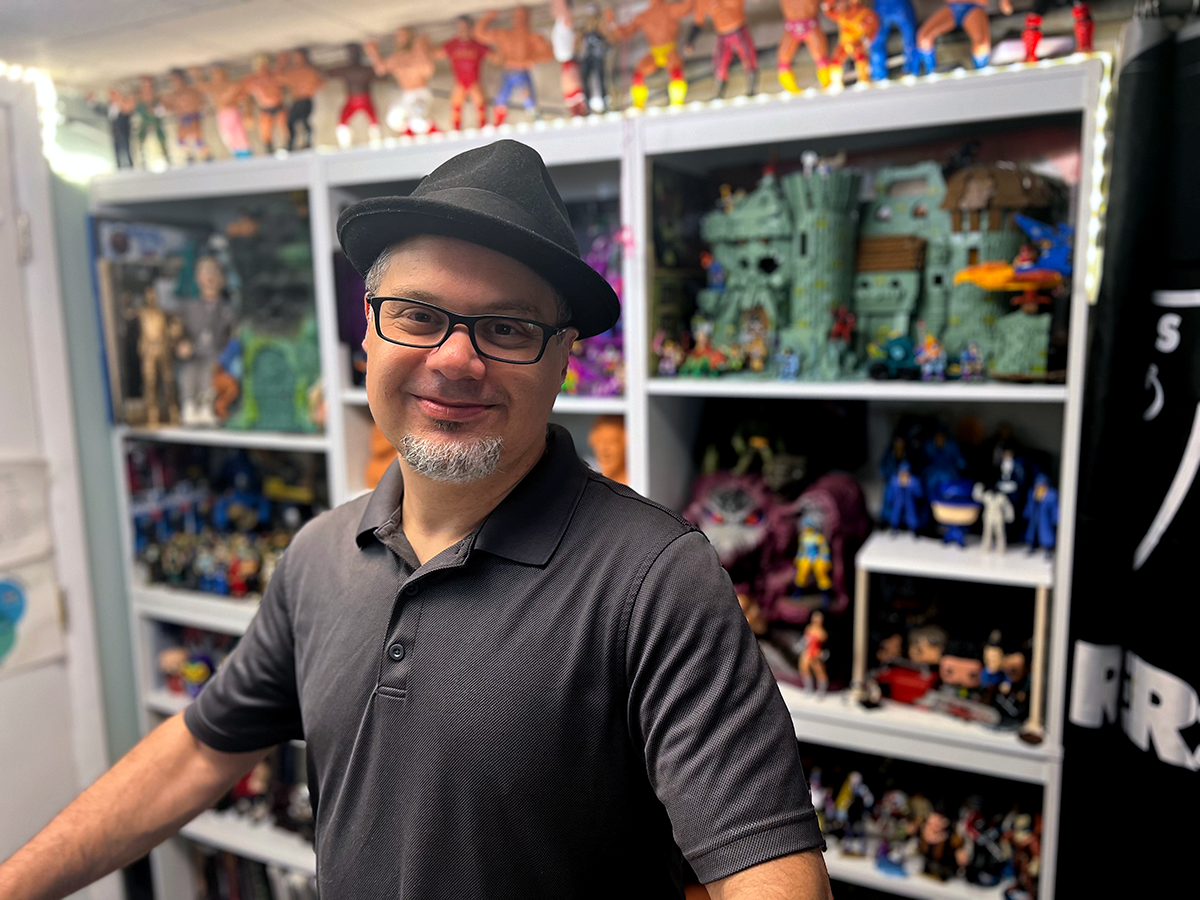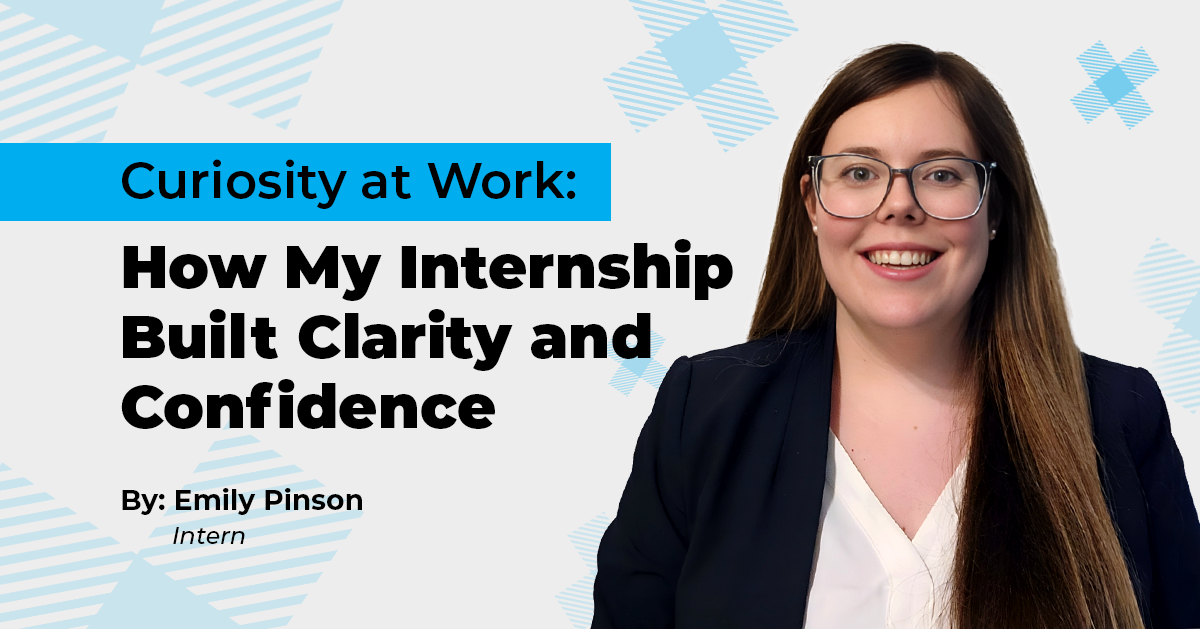
When I think about where I sit on the AI learning curve, I’d say I’m somewhere between beginner and intermediate. At first, I considered myself a total newbie. But the more I spoke with others, the more I realized I probably had more experience than I gave myself credit for. So, let’s just say I’m on the journey and still learning every day!
I got into AI more seriously when our Business Development team at The Canton Group spent a lot of time writing RFPs manually. They hadn’t used any AI tools in that process, and I was asked to explore whether AI could help streamline it in the future. That kicked off my deep dive. I started researching how others were using AI in proposal writing, experimenting with ChatGPT, watching videos, and trying out different prompts.
I ended up taking an RFP we received and used AI to generate a version of our own response. I fed the system information and pointed it to our website. What came back was pretty impressive, it even pulled relevant project examples and contact info from our site, though some of the details were a little off. Still, it was fascinating! That project was a turning point for me.
From there, I began applying AI in small ways, having it proof documents, trying out an AI-powered project management tool, and building basic agents. Between those use cases in business development and our ePMO work, my confidence and curiosity grew.
Working with AI reminded me of mentoring students in Higher Ed. Back then, when we were teaching project management or business concepts, we had to give students very specific instructions; examples, context, goals, format. The more precise we were, the better the outcome. AI is no different. The clearer your prompts, the more useful your results.
It actually brought to mind those early days in project management, before tools like Microsoft Project. Back then, you had to build out network diagrams and project schedules manually on paper. When software came along that could generate schedules for you, no one questioned whether it was unethical. It was just a smarter, more efficient way to do the work. AI is similar. It’s not about replacing the professional behind the task, it’s about having a better tool to support and accelerate the work you're already doing.
It’s a collaborative tool, not a magic wand. Like those students, AI gives you a first draft. But you still need to review, refine, and add your own voice. That mindset shift has been key for me.
Now, let’s talk about ethics. At first, I didn’t think much about it until my colleagues brought it up. But it’s important. AI learns from the data we give it. If you’re feeding it sensitive information, there’s potential for that data to be shared or used in unexpected ways. So yes, ethics and privacy matters, especially in the public sector.
There’s also the question of whether using AI to generate work is a shortcut. I look at it like this: before Microsoft Project, we had to draw out network diagrams by hand. When the tool came along, was it unethical to use it? Not really. It just freed us up to focus on higher-value tasks. That’s how I see AIl, it’s here to eliminate the tedious stuff, so we can spend more time thinking, solving, and creating.

That said, if you’re using AI to replace someone entirely, or if it becomes a crutch instead of a helper, that’s where ethical concerns come in. AI should supplement our work, not replace our judgment or creativity.
Another thing I’ve learned is how important the prompt is. Prompt engineering is like search engine optimization in the early days of the internet. If you don’t ask the right question, you won’t get a good answer. But if you build a prompt in stages, make it conversational, guide it thoughtfully, you’ll get more accurate and relevant responses.
I’ve started breaking content into chunks when asking for help. For example, summarizing an article one section at a time gives far richer insight than summarizing the whole thing at once. And when creating a document, AI is great for getting that first draft or outline going. It’s like having a consultant in your pocket, throw ideas at the wall, see what sticks, then refine from there.
It frees up time to do deeper quality checks, focus on creative thinking, and improve overall outcomes. Sure, it might shave off a few hours or even days, but more importantly, it shifts our energy from grunt work to higher-level thinking.
AI is powerful, but it’s not a silver bullet. Used well, it can elevate your work and help you get further, faster. But it still needs your brain. And your judgment. It’s exciting and yes, sometimes a little scary, but I truly believe AI is here to support us, not replace us.
Just like with any new tool, the key is knowing how to use it wisely.
Ready to Explore What AI Could Do for You?
At The Canton Group, we’re not just talking about AI, we’re putting it into practice across government, enterprise, and public sector projects. Whether you’re curious about where to begin, need help identifying use cases, or want to scale your current efforts, we’re here to help.
Let’s talk about how we can bring AI-powered innovation to your organization.






